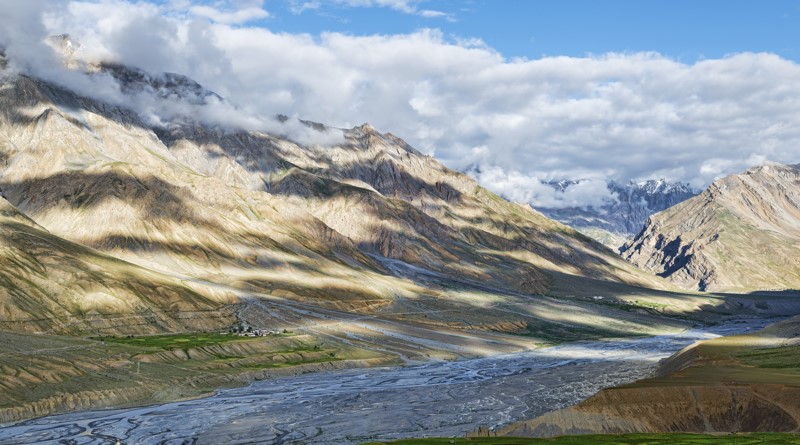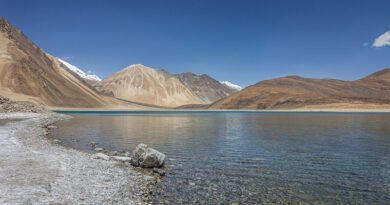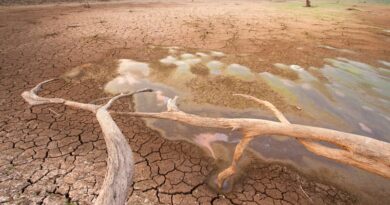Hotspots of river extent change revealed in global compilation

Rivers are one of the most dynamic components of the water cycle on Earth’s surface. They play a significant role in the development of human societies, ecosystem sustainability and regional climate. Yet, their natural balance across the world is being threatened by human disturbances and ongoing climate change, a new study has found.
River flow regimes are constantly changing, but characterizing and understanding such changes have been challenging from a long-term and global perspective. Now, a team of researchers from China and the US, has come up with the first-ever global compilation of changes in river extent over recent decades.
The study provides global-scale but spatially explicit guidance for better prioritizing future river protection and restoration efforts under the UN 2030 Agenda for Sustainable Development, which calls for international action to track the spatial extent of water-related ecosystems and their condition.
A team of researchers led by Professor SONG Chunqiao from the Nanjing Institute of Geography and Limnology of the Chinese Academy of Sciences and their collaborators from China and the United States have analyzed water extent variations using four decades’ worth of Landsat imagery in order to globally attribute recent changes in river regimes to morphological dynamics or hydrological signals.
For quantifying and interpreting multi-decadal changes in river extent on large spatial scales, the researchers used information from two major state-of-the-art surface water databases: the Surface Water and Ocean Topography River Database (SWORD) and the Global Surface Water (GSW) database.
They compiled a new reservoir inventory to define new reservoir-type river reaches (Type-R). The remaining basin-wide river changes were classified into two types—morphological dynamics (Type-M) and hydrological signals (Type-H)—using a machine learning classification approach.
“We provide the first-ever attribution of different types of river extent changes on a global scale,” said Professor SONG.
The holistic map of river extent changes worldwide highlights contrasting river changing patterns and drivers between arid and humid regions and between developed and developing regions.
The results showed that changes based on morphological dynamics prevailed in about 20 per cent of the global river area. In this type of river basin, high percentages of narrowing and widening were observed along different banks of river reaches, which are associated with meandering, braided, and branching or wandering river channels—all variations of flow regimes.
Globally, dam construction emerged as a major contributor to river widening. “New dams, mostly skewed in Asia and South America, contributed to 32 per cent of the river widening,” said Professor KE Linghong, a primary author of the study.
Changes attributed to hydrological signals were revealed in contrasting hotspots, including areas characterized by prominent river widening in alpine and pan-Arctic regions and by narrowing in arid or semi-arid continental interiors.
“These phenomena were driven by varying trends in climate forcing, cryospheric response to warming, and human water management,” said WU Qianhan, a student from NIGLAS and another primary author of the study.
The study’s findings suggest that the recent river extent dynamics diverge based on hydroclimate and socio-economic conditions, and besides reflecting ongoing morphodynamical processes, river extent changes show close connections with external forcings, including climate change and anthropogenic interference.



